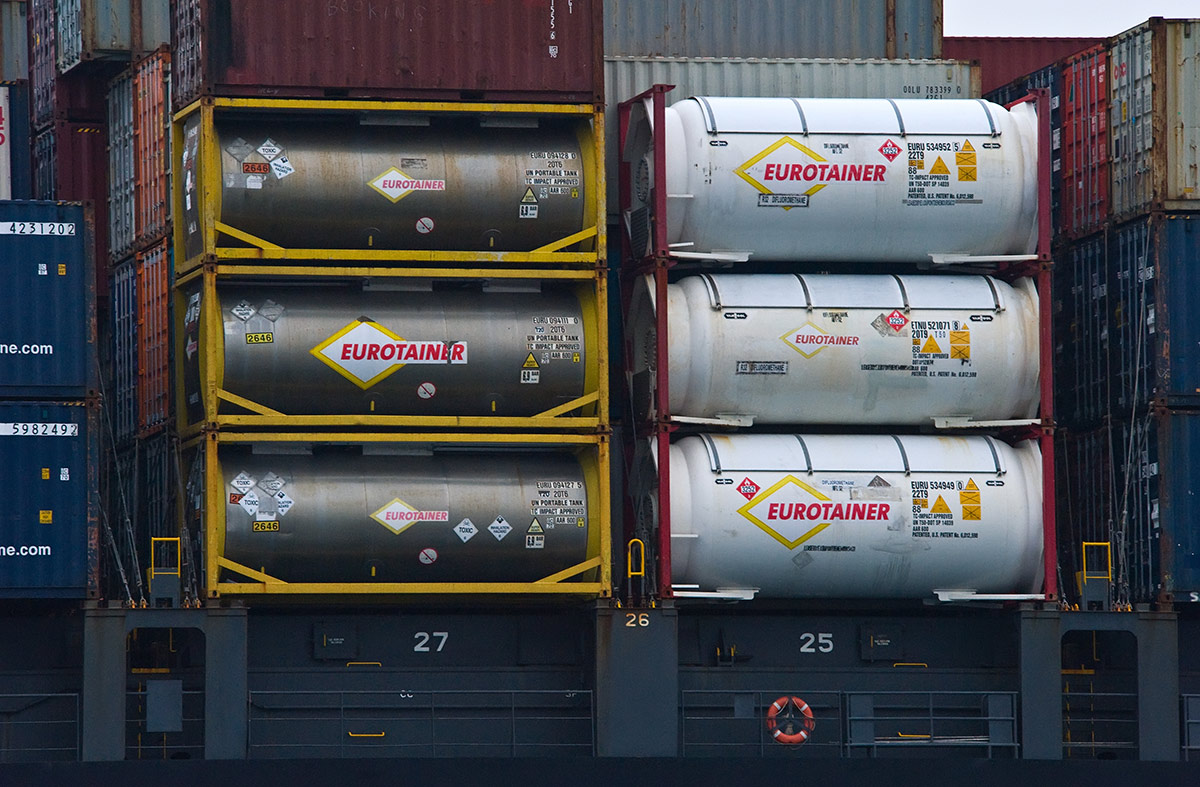When shipping hazardous materials, even the smallest details matter. You obviously need to choose boxes and containers that are suitable for your application and then label them properly, but there is one part you may not have even considered: the right shipping tape. The Department of Transportation (DOT) has rules in place for just about every aspect of shipping hazardous materials by air, ground and sea, so it should come as no surprise that there are regulations on the types of tape that can be used and how that tape should be applied.
How do you determine the right shipping tape for packaging hazardous materials? Keep reading to find out.
The Right Tape for the Right Package Type
When it comes to selecting tape for your hazardous material shipments, there is unfortunately no one-size-fits-all solution. Instead, you need to refer to the instructions for the particular package you are using. These instructions will tell you what type of tape to use and how far it should extend over the edge of the box. Hazardous material shipments are only packaged properly if you use the correct type of tape specified.

You may use more tape than specified, but you may not use less. You also may not substitute another type of tape that is stronger or wider for the type specified. While there may be a tape that seems “better,” the shipment is only in compliance if you use the type specified in the instructions. If you have any doubts about what type of tape to use, it’s better to contact the package manufacturer than to guess or to just use whatever tape is currently on your tape dispenser.
Common Mistakes When Shipping Hazardous Materials
Because there are so many rules and regulations for shipping hazardous materials, mistakes are common. Unfortunately, even the smallest mistake can be quite costly and result in steep fines and other penalties.
One of the most common mistakes is presuming a hazardous material is non-hazardous. Often offered for transport by people or companies that are not thought of as hazmat specific, these materials sometimes fly under the radar, and shippers send non-compliant packages without even realizing it. Some of the most common potentially hazardous materials often perceived as non-hazardous include lithium-ion batteries, dry ice, equipment with compressed air chambers, contaminated medical equipment and environmental samples.
When packaging hazardous materials, it is not as simple in throwing the materials in any box, sealing it up and sending it on its way. There are strict regulations regarding the types of boxes and containers that can be used to ship certain materials. 4GV packaging boxes, for example, are used to transport Group I, II and III liquids and solids stored in various sizes of tubes, containers or bottles. There is also special hazmat packaging for things like batteries, metal paint cans, oxygen generators, hazardous waste, and lithium-ion batteries. Using a box that is not certified for your application could lead to serious penalties.
Your job isn’t over once you’ve chosen the correct package. You must also be sure to use it correctly when shipping. Using a box may seem simple enough, but many people make mistakes when preparing shipments. The package must be used in the exact same manner in which it was tested and certified. This means abiding exactly by the assembly and closing instructions — and, of course, using the correct type of tape.
Choosing the wrong mode of transportation is another common mistake. There are strict regulatory requirements for air, ground and water shipments, and it’s necessary to abide by them at all times.
In Conclusion

There are numerous regulations in place for shipping hazardous materials. From the type of box and tape you use to the modes by which the materials can be transported, it is extremely important to understand all applicable rules and restrictions prior to sending out a hazmat package. While they make shipping certain materials difficult, these regulations are in place to ensure safety and to prevent potentially deadly disasters. By carefully adhering to all regulations, you can do your part to prevent serious problems and avoid the consequences of non-compliance.











